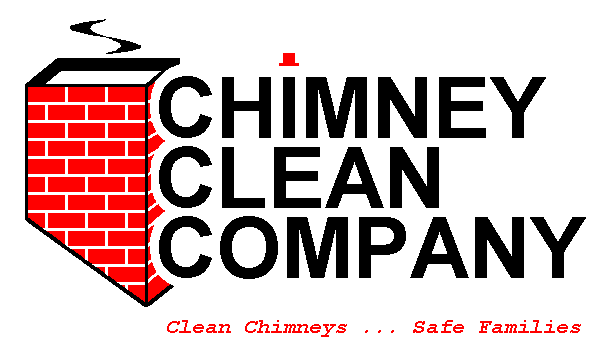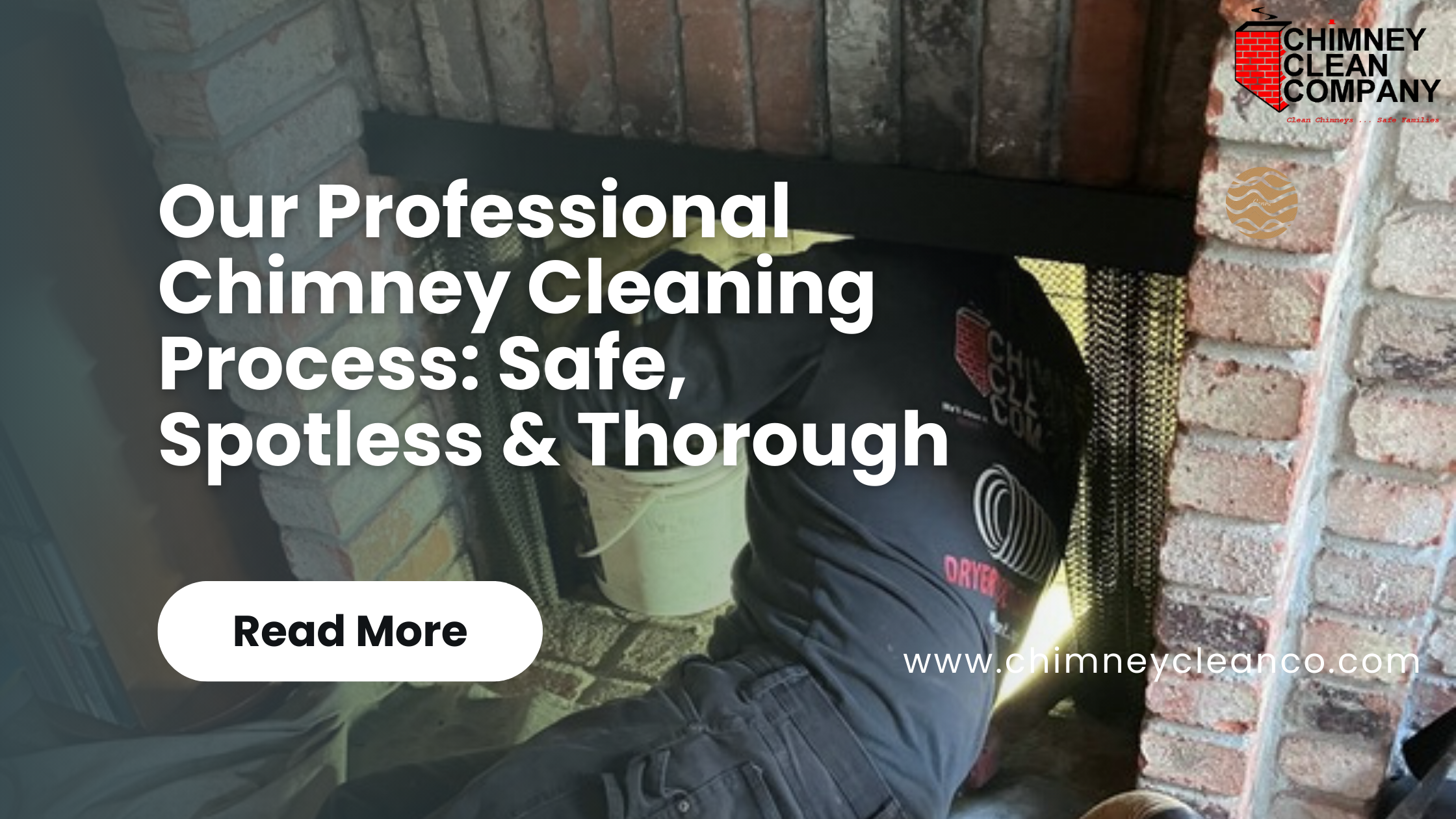How Do We Clean Your Chimney? A Step-by-Step Chimney Cleaning Process
If you’ve ever asked yourself what really goes on during a chimney cleaning process, you’re not alone. Most homeowners just know they should have it cleaned — typically before the holidays or when the weather turns cool — but few know how it’s done.
At Chimney Clean Co., we prefer being open. You’re inviting us into your home, for starters! So let’s give you a behind-the-scenes glimpse into what goes into aprofessional sweep — from when we knock at your door right through to the last brush stroke.
Our Professional Chimney Cleaning Process: Safe, Spotless & Thorough
1. Friendly Hello & Safety First
When we pull up to your house, the first thing we do is meet you — not only with a grin, but with shoe covers, clean uniforms, and drop cloths at the ready. Consider it like a contractor who comes into your house like it was his grandma’s: no soot, no mess, no nonsense.
One of our customers, San Jose’s, Amanda used to tell us she hated chimney cleaning day because “it used to leave a mess every single time.” When we finished, she said, “I literally couldn’t tell you’d been there — except for the clean chimney.”
That’s the objective.
2. Pre-Cleaning Inspection
Before we even begin scrubbing anything, we take a good look at your chimney on the exterior from the bottom up and we test for earthquake damage, cap, spark arrestor, counter flashing, animal infestation (yes, we’ve had a few squirrel encounters), mortar crown and any cracks where water might intrude.
3. Set Up: Keeping Your Space Clean
Then, we lay drop cloths around your wood stove or fireplace and put in a high-powered vacuum with HEPA filtration. It traps soot and debris before it floats into your house.
We’ve cleaned houses with white carpet, high-end furniture, and antique rugs — and not so much as a smudge of soot to prove it. We’re serious about keeping your space safe. We have a “no soot” guarantee.
4. Brushing & Sweeping
Now the exciting (and dirty-looking) part: we employ high-quality chimney brushes and rods to clean the flue from the top down. Depending on the height and condition of your chimney, we’ll work inside your home and climb up onto the roof — safely secured and prepared.
Our tools are designed to remove creosote buildup efficiently without damaging your flue liner. Sometimes we’ll even use rotary brushes attached to power drills for extra-stubborn deposits.
5. Cleaning the Firebox and Smoke Shelf
We don’t stop at the flue. The firebox (where the logs reside), the damper, and the smoke shelf are also given a good cleaning. These places tend to harbor ash, debris, and even fragments of bird’s nests.
We once discovered a toy car in one person’s smoke shelf. True story. The homeowner’s toddler had evidently been very curious about where things disappear in the fireplace.
6. Final Inspection & Walkthrough
After everything’s been cleaned, we conduct a final check to ensure everything is safe and secure. If we did see something that seemed off (such as cracks in the flue or missing chimney cap), we’ll explain your choices to you.
Our motto is “See what’s there and say what you see.” We never recommend unneeded repairs and we never fail to recommend repairs that are needed to safely use your chimney.
- 7. Goodbye (Until Next Time!) & Clean-Up
We clean up, pack up, and take our leaving-exactly like we arrived — or better. You’ll get a written report of the work and a reminder for your next annual cleaning. We might even include a fridge magnet or coupon for next year!
Why This Matters
A clean chimney is not about soot — it’s about safety. Chimney fires do exist, and they can be avoided. Regular maintenance also saves your home, enhances heating efficiency, and even saves the life of your fireplace.
The next time you’re snuggled up by the fire with a hot cup, you can rest assured that what’s behind those flames is clean, safe, and well maintained.
Want to schedule your next chimney sweep?
Call us at 408-265-1010 or visit www.chimneycleanco.com.
We proudly serve homeowners in San Jose, San Mateo, Redwood City, and the South Bay.

